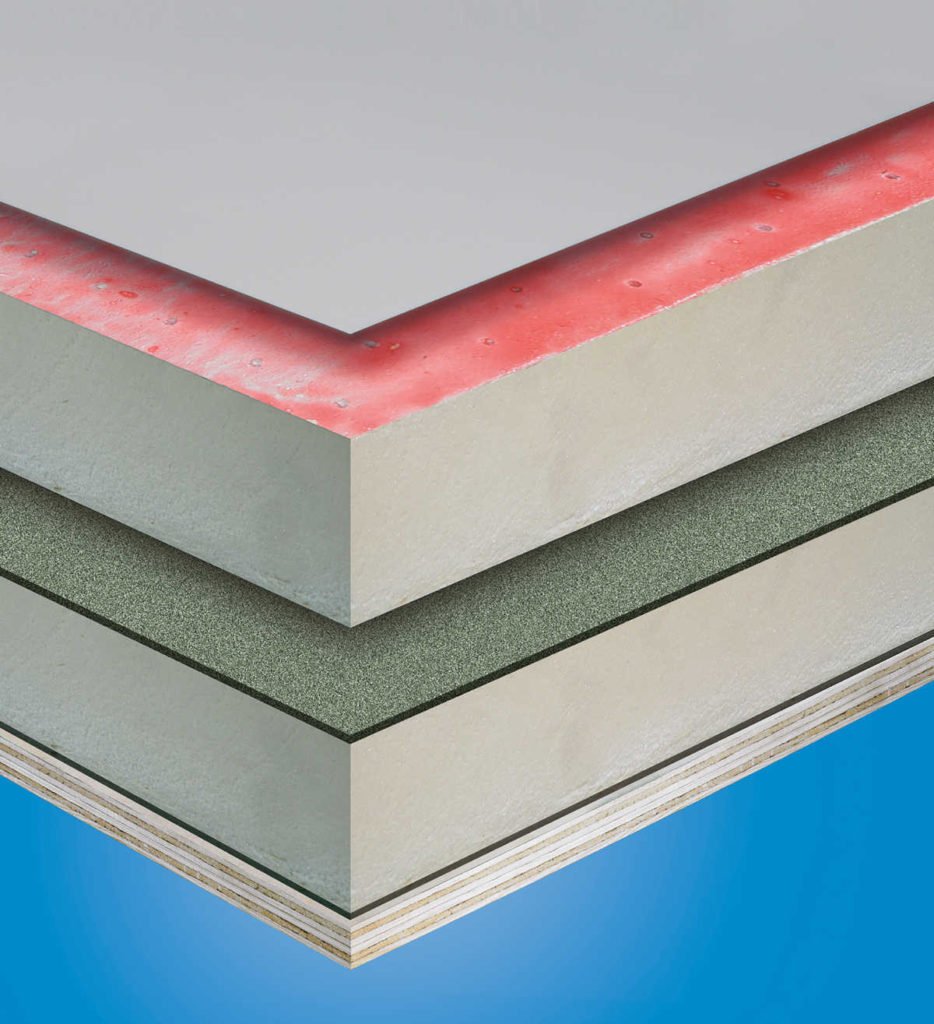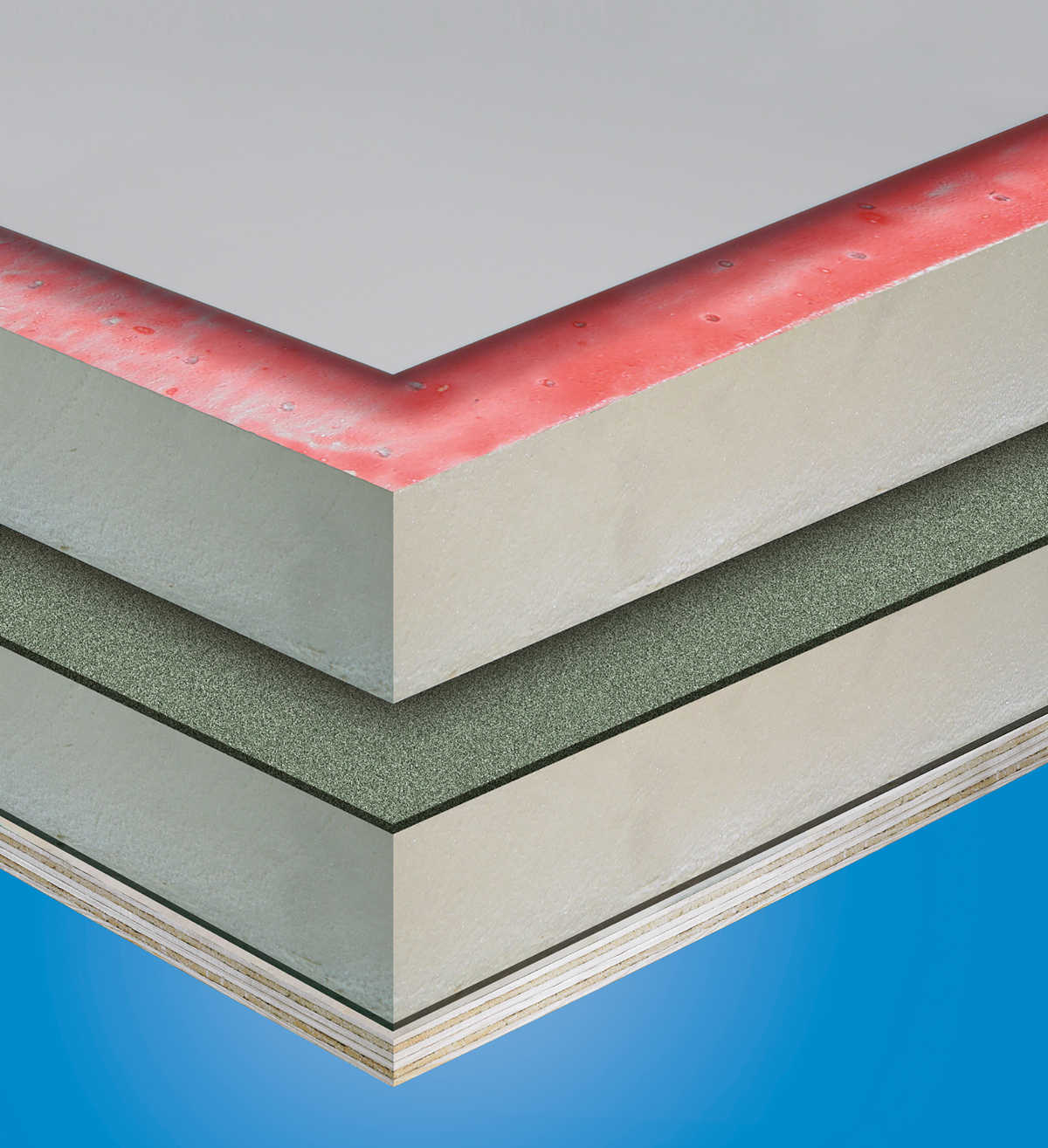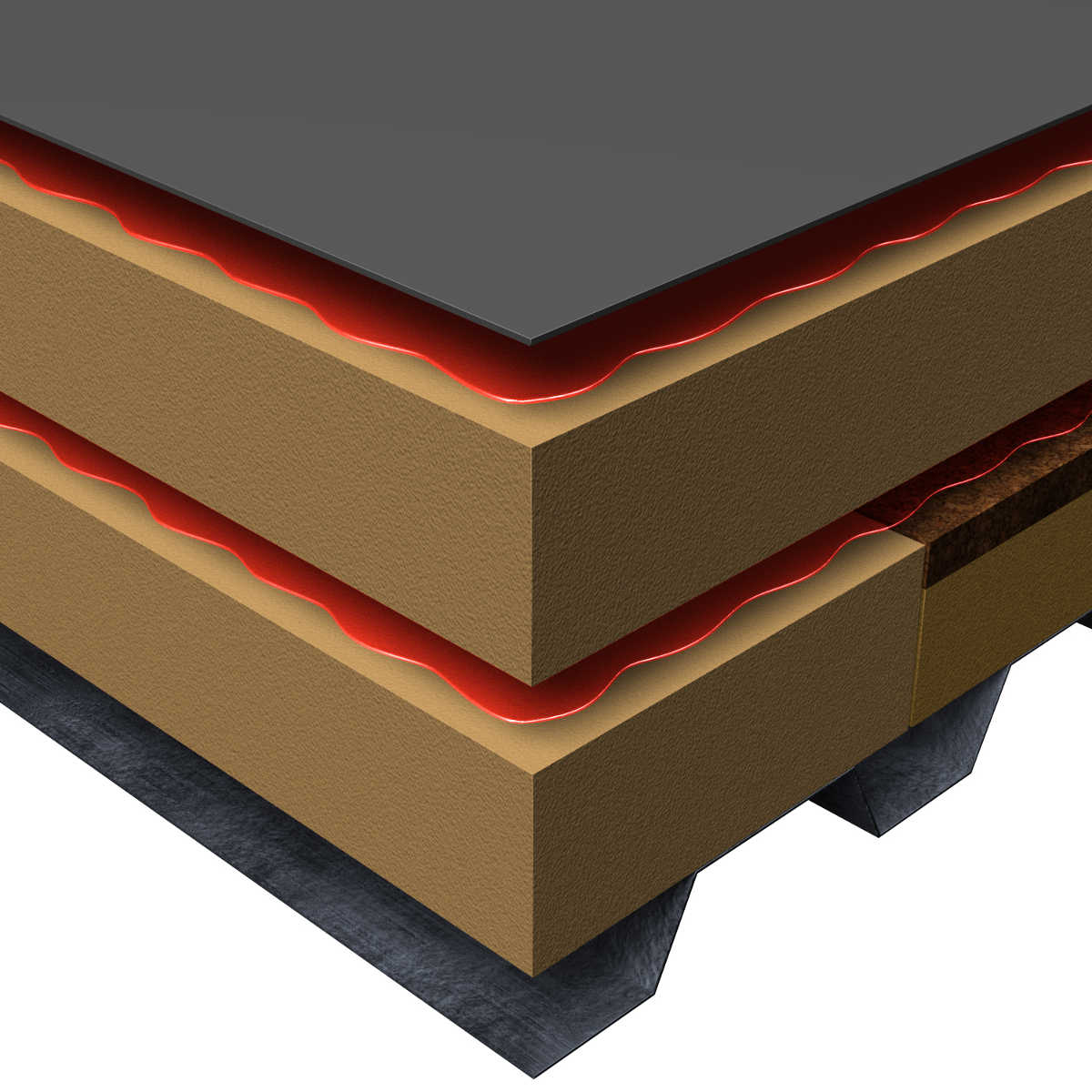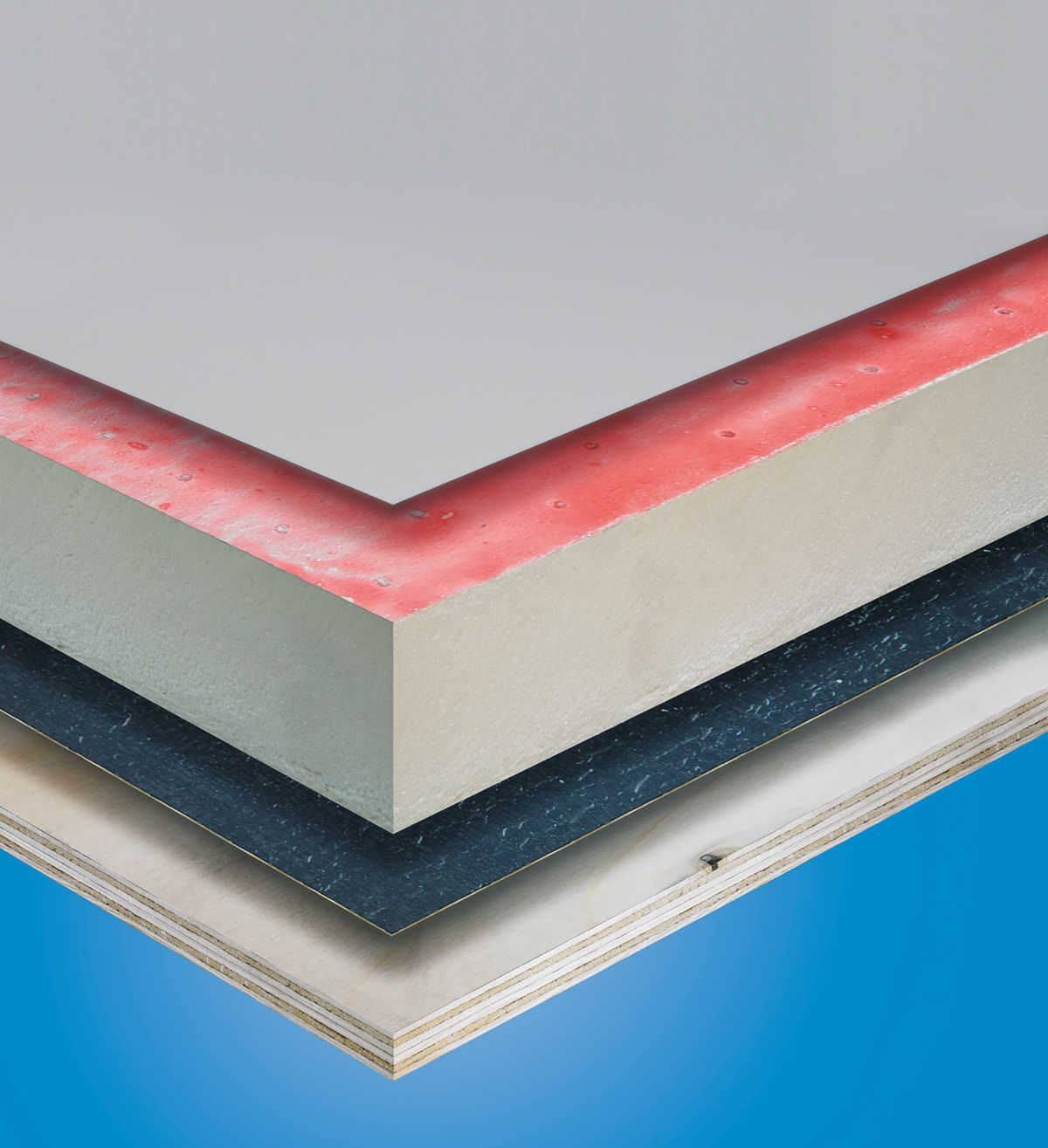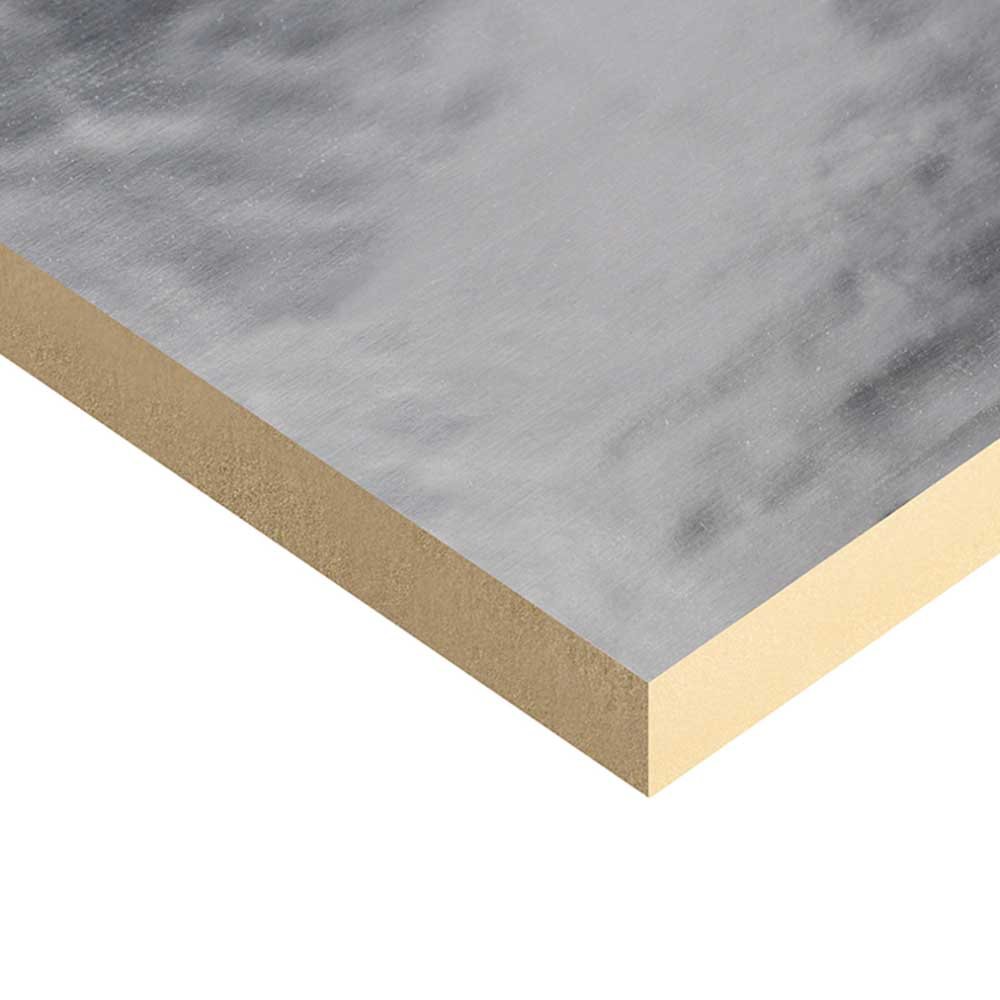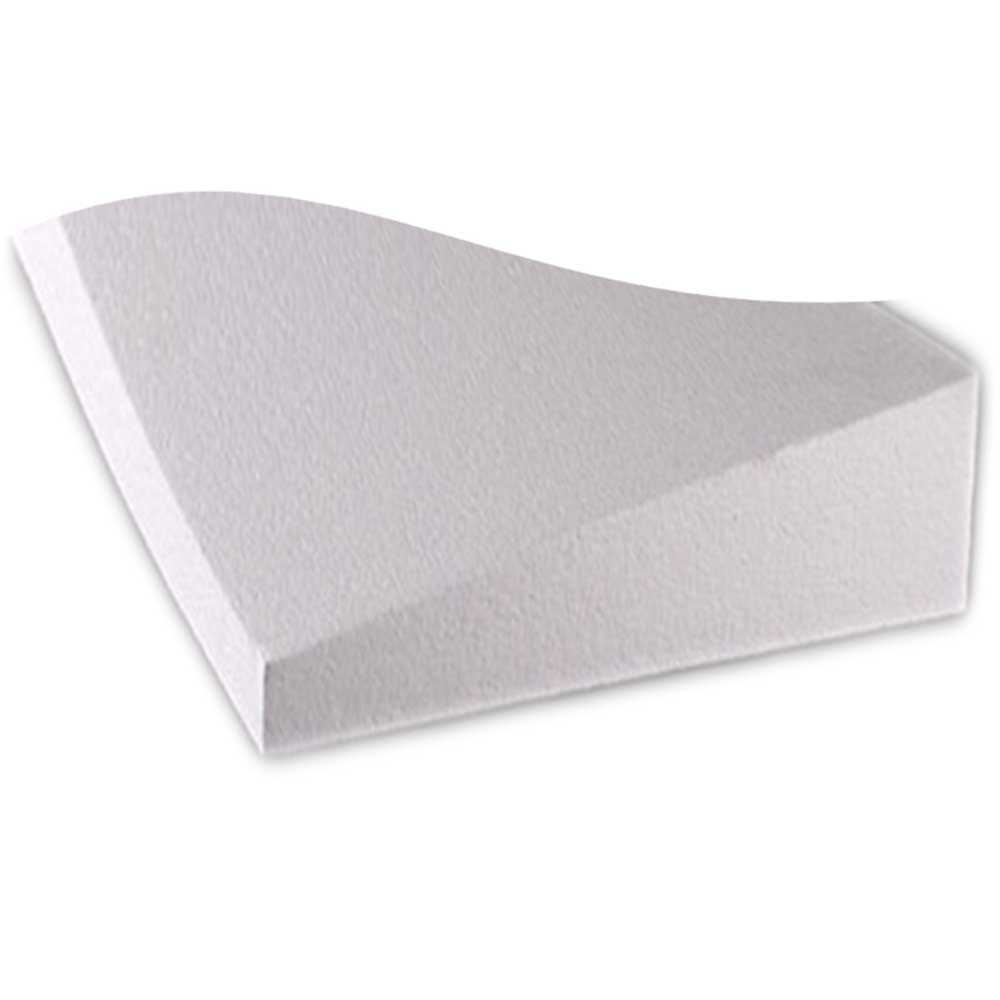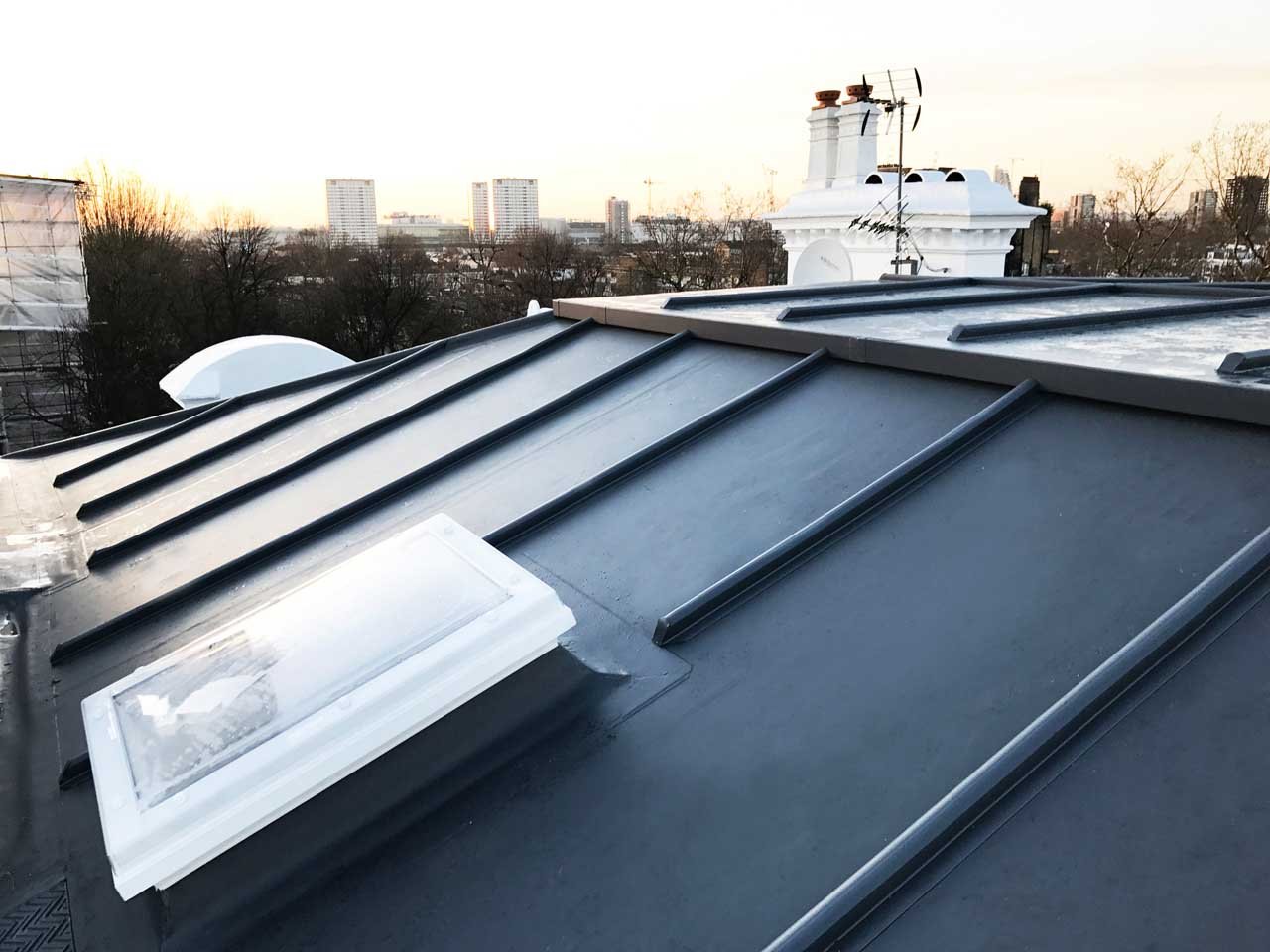If the existing roof is suitable, overlaying an old flat roof with a new single-ply membrane is a great way to minimise the cost of renovating or replacing an entire roof, while virtually eliminating the disruption normally associated with a re-roofing project.
Defining what is ‘suitable’ means a comprehensive roof survey, with the following checklist being a minimum requirement:
- Is the underlying roof structure still sound and strong enough for the loading imposed by the new overlay? If not, a partial or total strip and rebuild will be necessary.
- Is the integrity of the existing weatherproofing still generally intact? If there’s any doubt, take core samples to confirm whether the old roof shows clear signs of moisture damage.
- Is the old roof a cold-deck or a warm-deck design? Where vertical space permits, overlaying a roof usually lends itself to warm-deck design and will require additional insulation to be laid, with the existing waterproofing used as a vapour control layer.
- Is the roof surface suitable for adhering or mechanical fixing of a new single-ply membrane? The new roof must also be designed to withstand wind uplift, which may influence the choice of fixing method.
- Will the new roof design require improvement to the drainage features? Warm-deck designs may utilise tapered insulation systems to create the minimum 1:40 fall required by BS6229 : 2018.
Typically, there’s little or no disruption to the building’s occupants as we prepare and prime the existing surface, then apply PU adhesive followed by an additional layer of new thermal insulation to bring the new roof into line with current Building Regulations. Finally, the new single-ply membrane is laid, secured and finished to complete the new roof. Waterproofing to the upstands and details is generally stripped and replaced as part of the job.
Call us on 020 7100 1486 to discuss your requirements.

